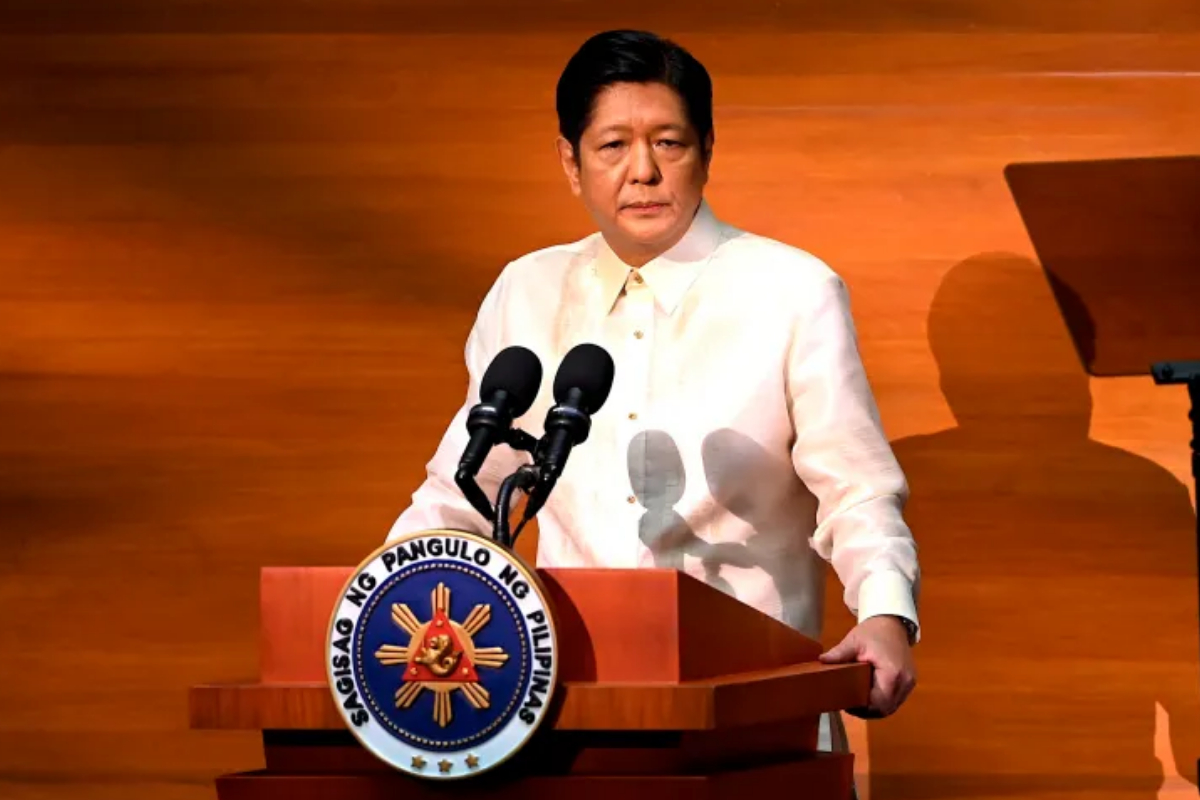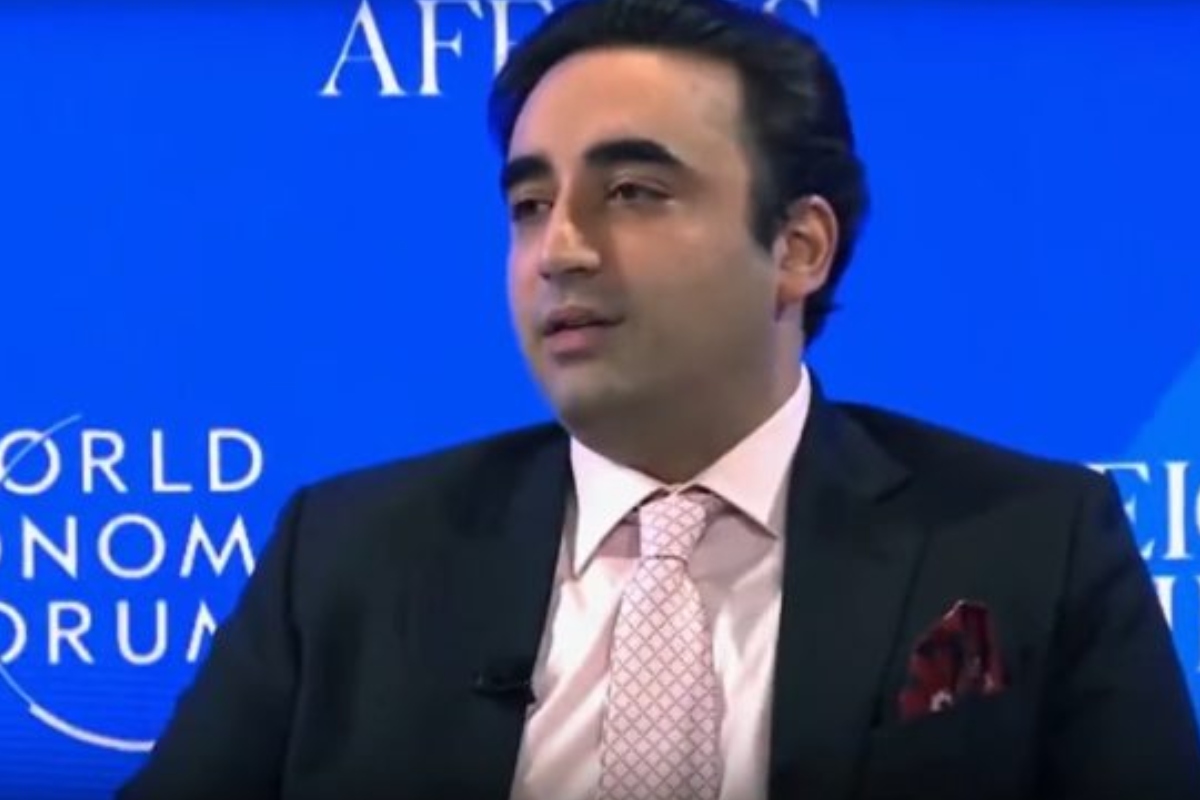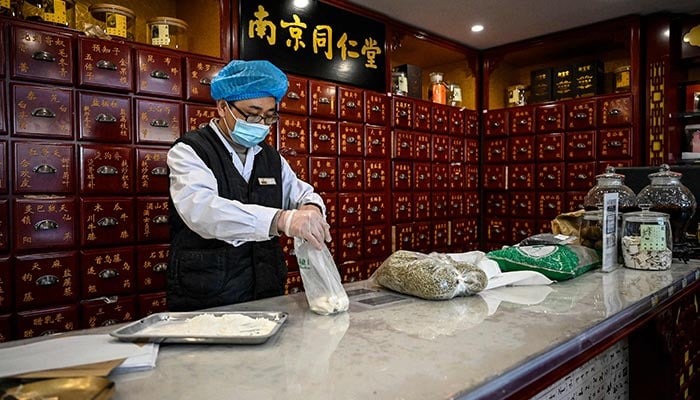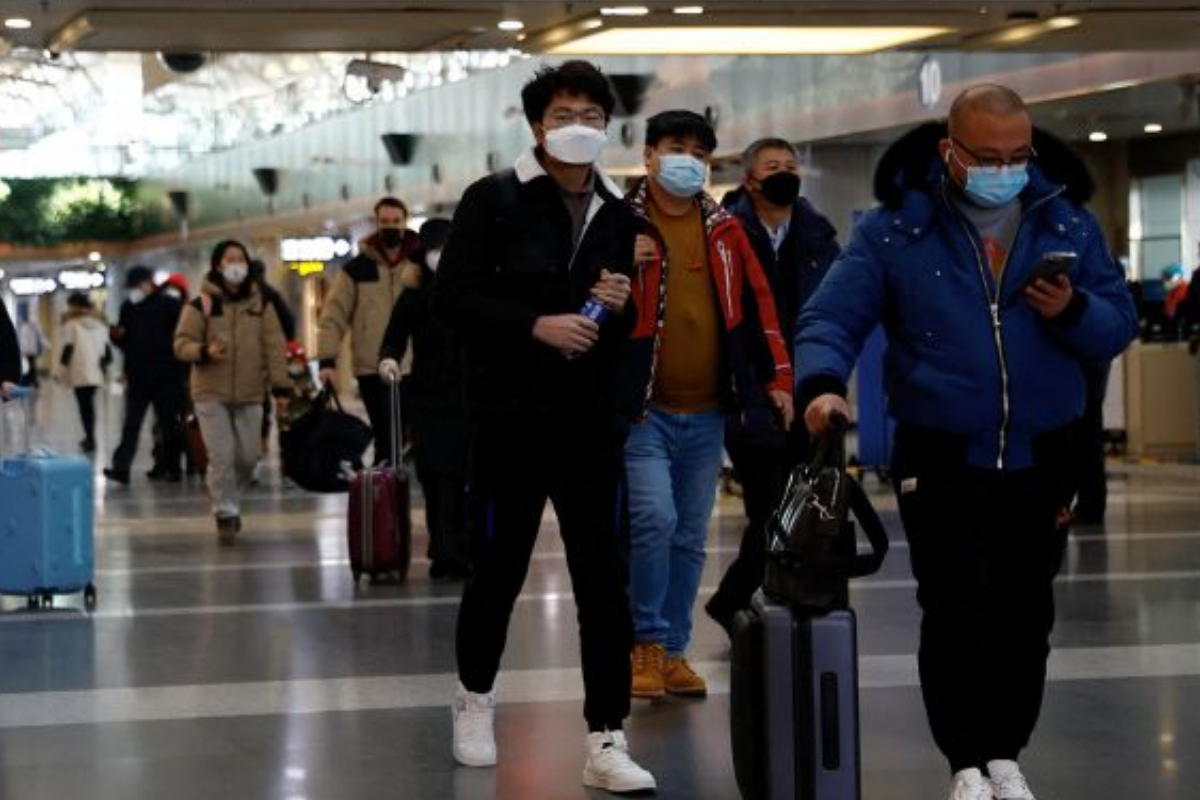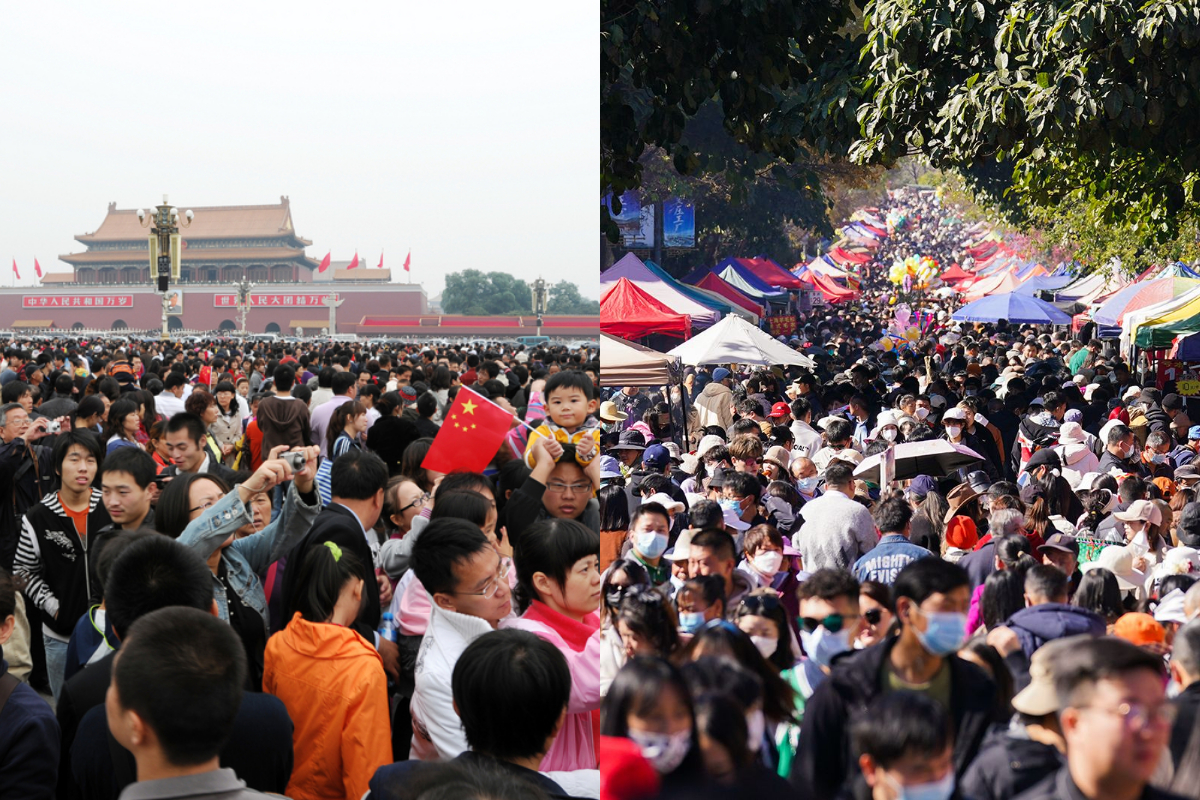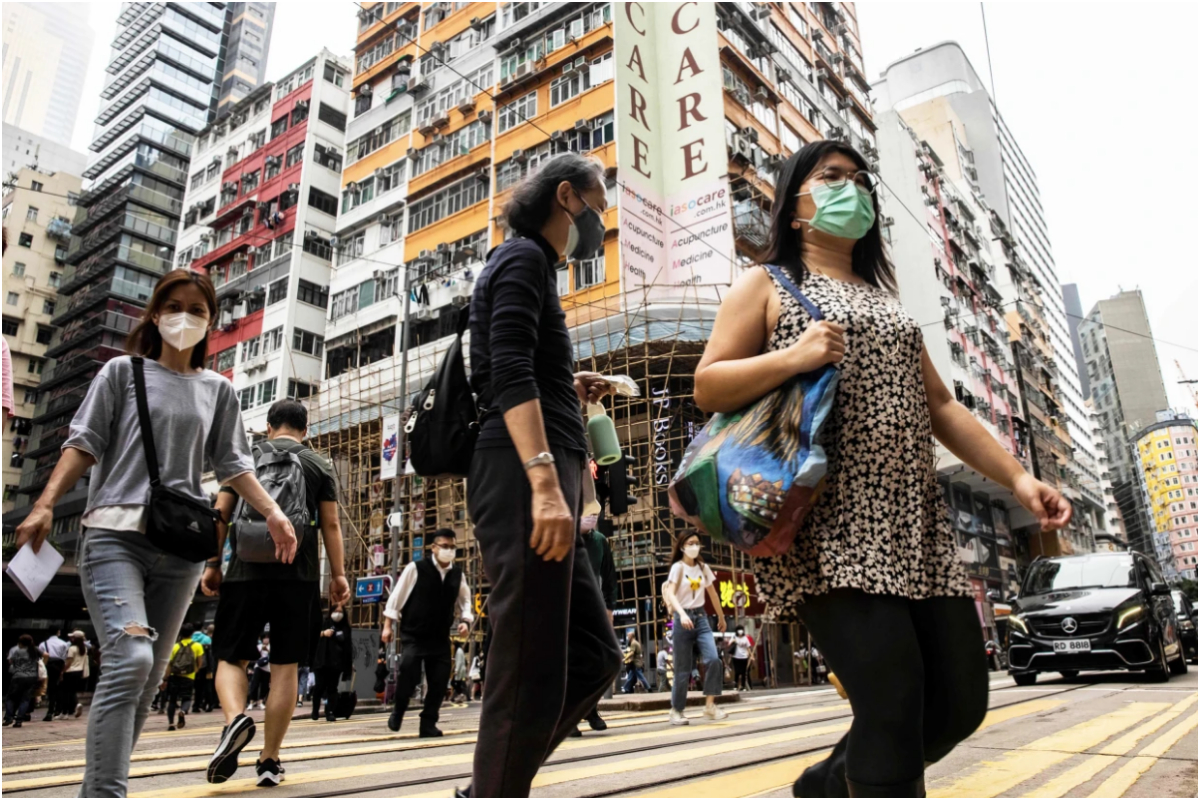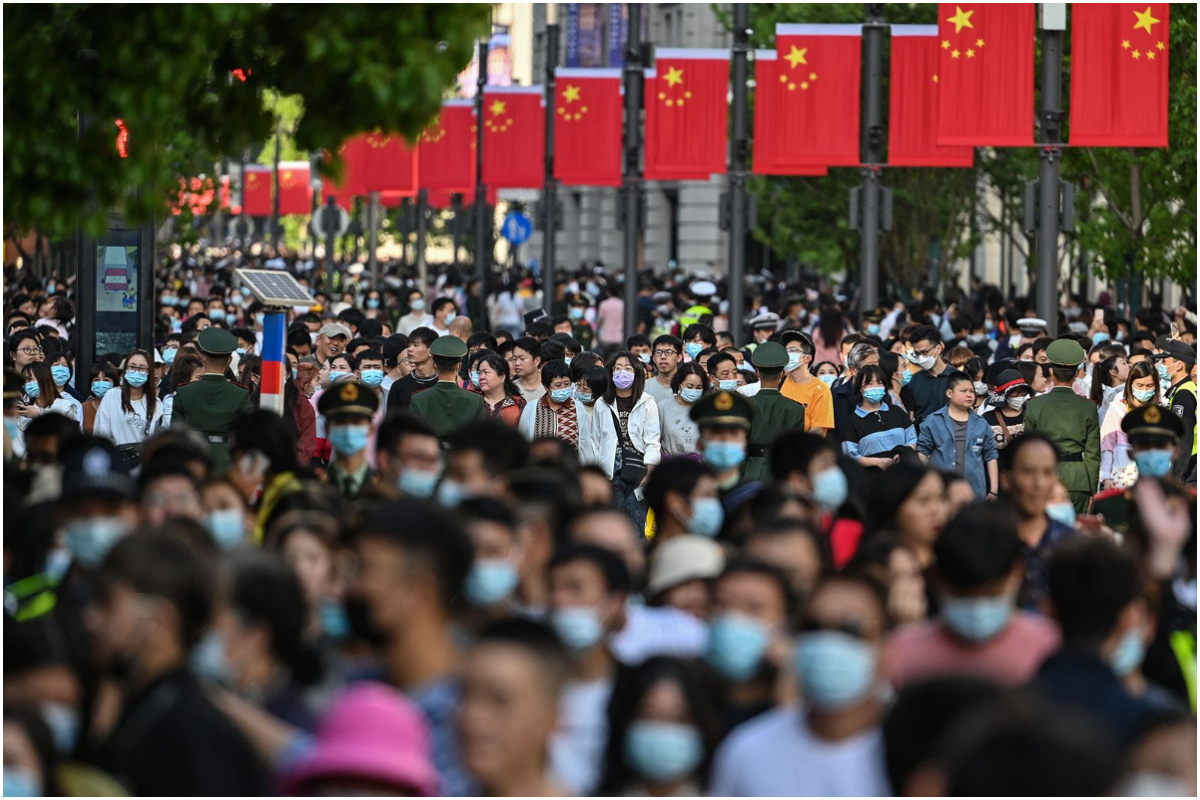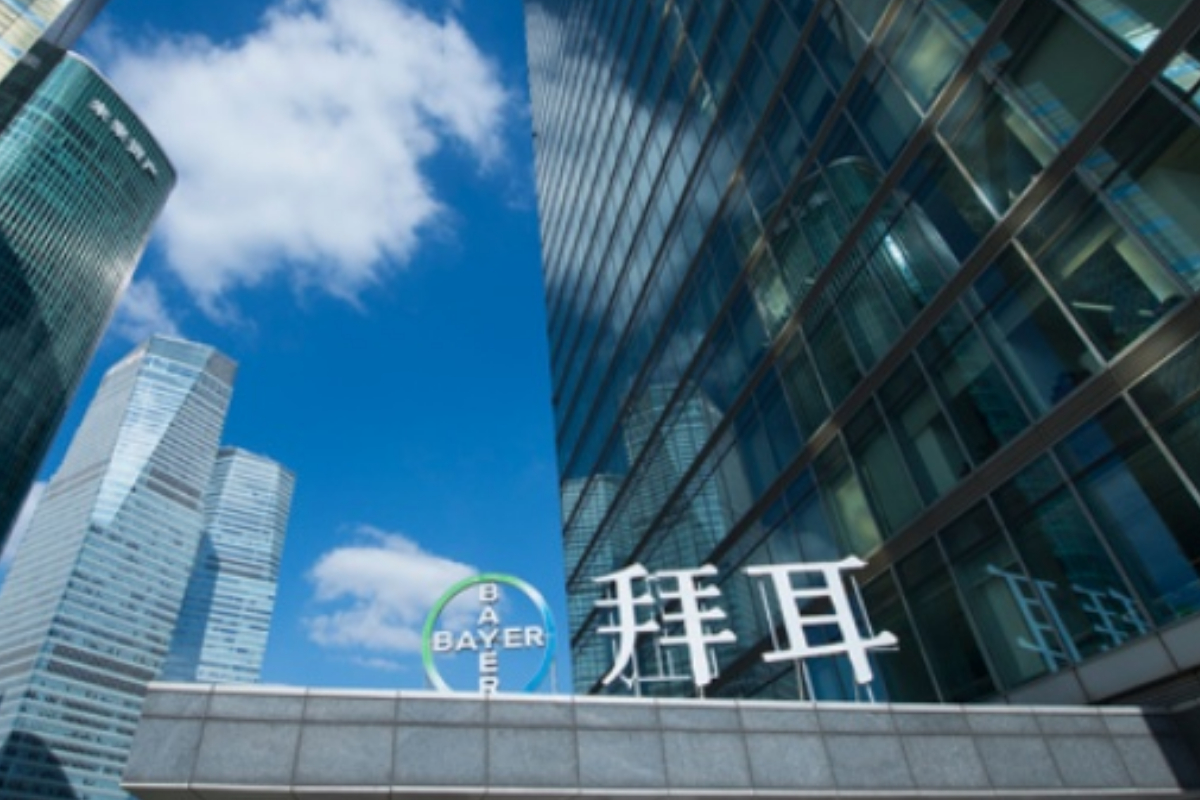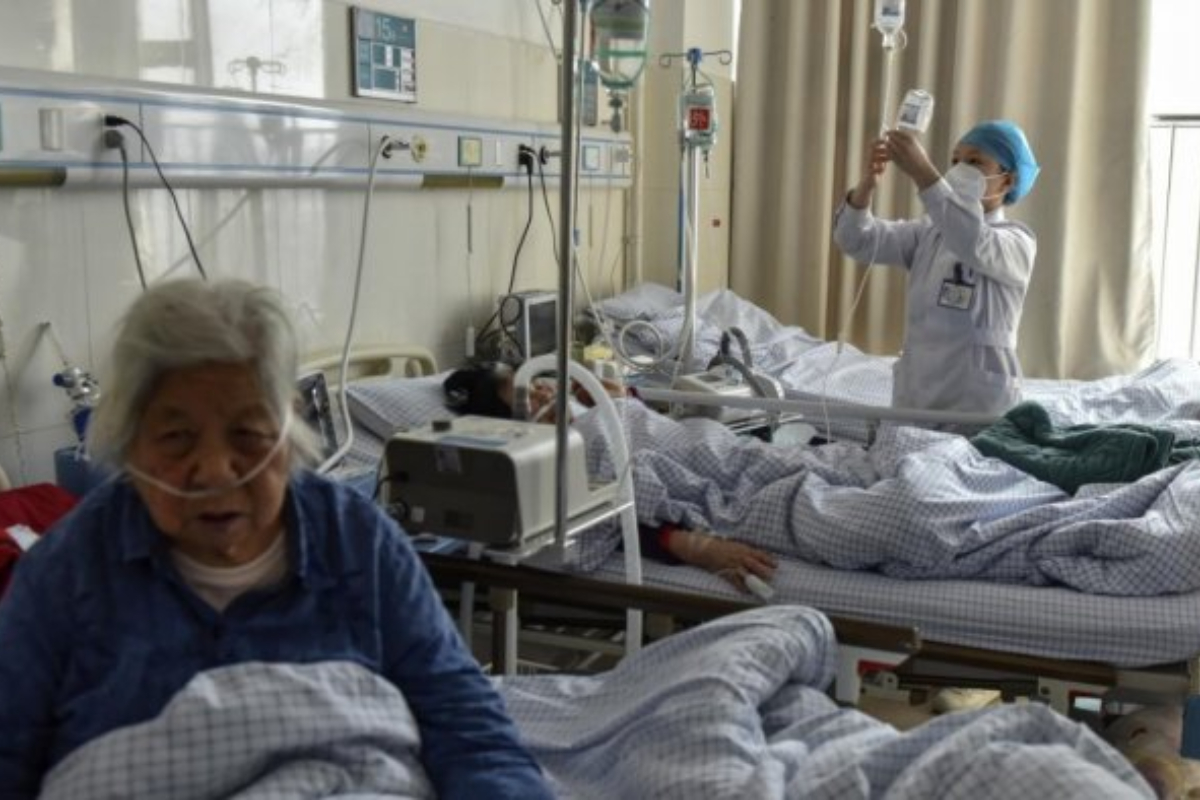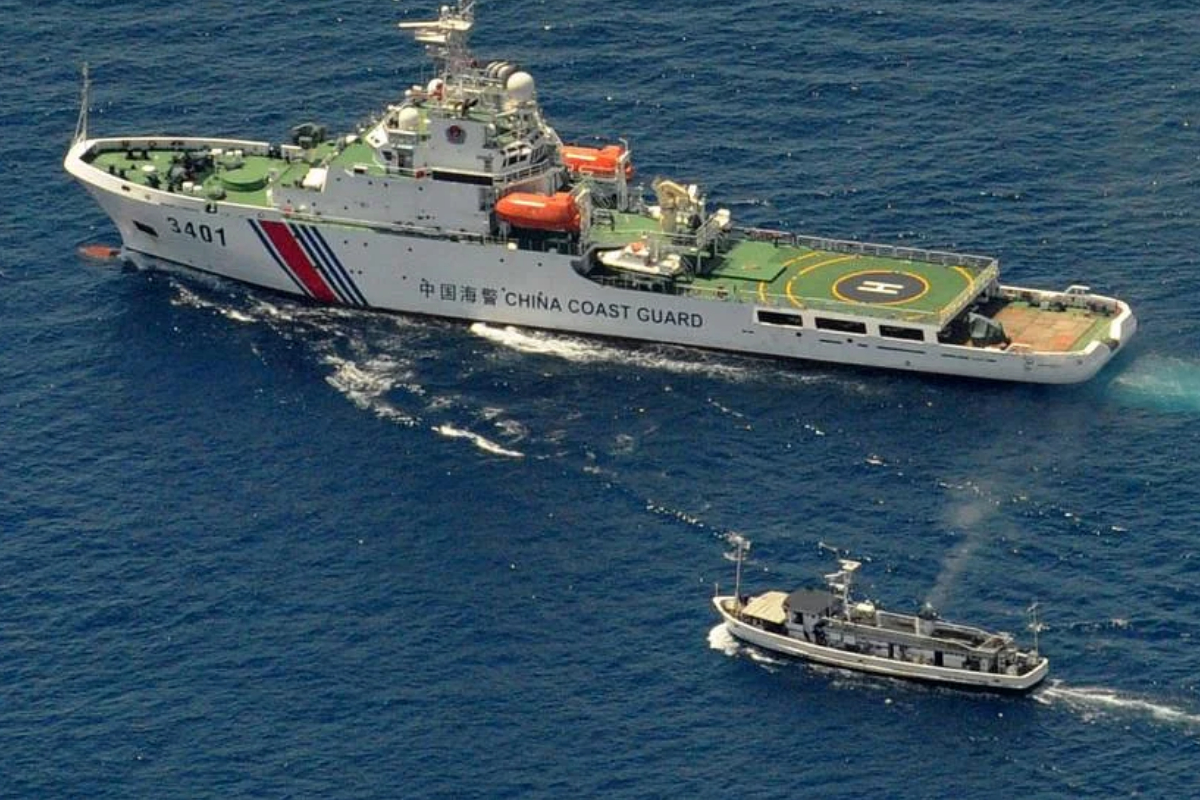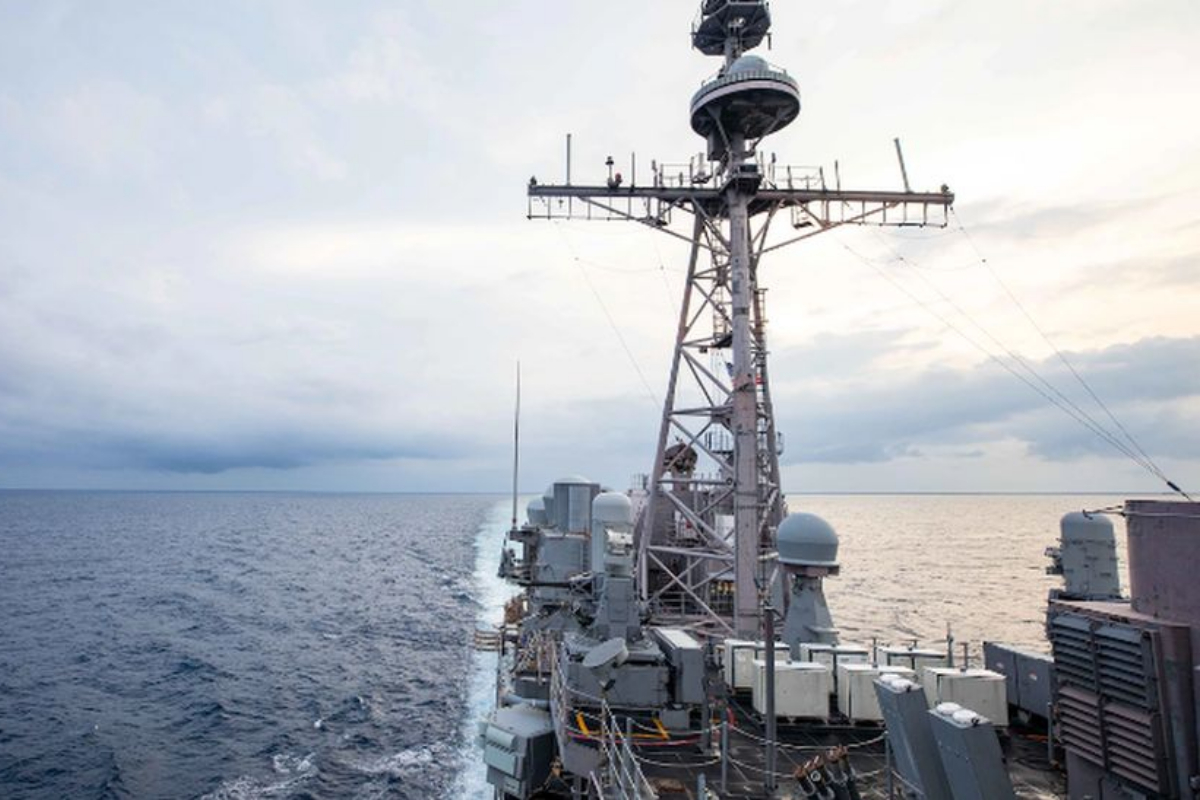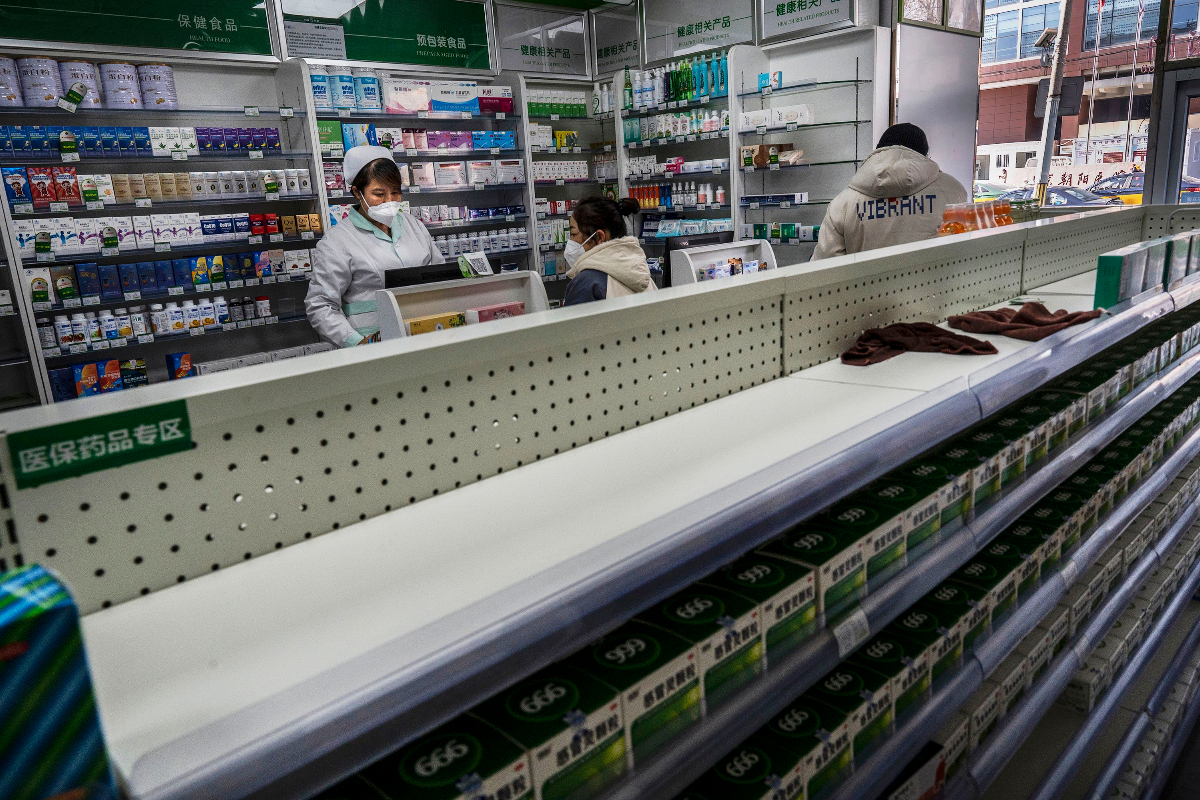- China and the Philippines signed 14 bilateral treaties in the fields of industry, agriculture, and tourism.
- China’s exports to the Philippines increased at a 20% annual rate.
- The Philippines hopes that Chinese investments will help fund its “Build Build Build” program.
Philippines President Ferdinand Marcos Jr. returned home from a three-day visit to China with $22.8 billion in trade and investment deals. It was in keeping with his promise before leaving for Beijing to return “with a harvest of agreements and investments” to strengthen the Philippines’ economic foundations.
Marcos inherited a strong relationship with China from his late father, President Ferdinand Marcos Sr., who was one of the first US allies to abandon Taipei for Beijing in 1976. The junior had gone to China with his father and met Chairman Mao Zedong. Marcos Jr. recalled the trip, saying he “watched the development of our bilateral ties with great interest and attention.” The current visit, according to him, is intended to “continue that legacy of strengthening the bonds of friendship established between the Filipino and Chinese peoples.”
During his presidential campaign, Marcos openly supported President Rodrigo Duterte’s foreign policy, referring to China as the Philippines’ “strongest partner” and “emphasizing the futility of confrontation and the value of robust economic cooperation with the Asian powerhouse.” Marcos, like Duterte, chose China for his first major overseas trip. Their predecessors had either visited Washington or Tokyo first.
China and the Philippines signed 14 bilateral treaties in the fields of industry, agriculture, and tourism. Investment and funding arrangements for projects undertaken with Chinese assistance are among the other agreements.
How China became the Philippines’ largest trading partner
In recent years, trade between the two countries has thrived. From 2010 to 2017, China’s exports to the Philippines increased at a 20% annual rate, allowing China to surpass Japan as the Philippines’ largest trading partner in 2016. China will be the Philippines’ second-largest export market by 2021. China is also said to have committed to reducing the trade deficit, which is currently in China’s favor, by increasing imports from the Philippines.
Duterte’s election in 2016 improved relations with China, and his visit to Beijing that year resulted in $24 billion in investment and credit line pledges. President Marcos undertook the China trip early in his term to “shift relations into a higher gear”. The Philippines hopes that Chinese investments will help fund its “Build Build Build” program, which aims to improve domestic infrastructure, which is critical for economic growth.
Though Duterte’s presidency was described as a “golden era” in the Philippines, tensions with China emerged near the end of his presidency, when Beijing barred resupply missions to Philippines-owned islands in the South China Sea. Such encounters put his successor, Ferdinand Marcos Jr., under pressure from the military and the public to take a more assertive stance on the South China Sea territorial claims.
Despite Marcos’ promising start, the Philippines’ relations with China may be tested over a number of issues, including inadequate development of major infrastructure projects, disputed claims over the South China Sea, and the nature and extent of Manila’s defence ties with Washington. China is understandably concerned about America’s military presence in its backyard.
The Philippines is in the difficult position of having the most contested claims in the South China Sea with China. To China’s detriment, the Hague arbitration tribunal recognized the Philippines’ claims. Duterte put the ruling on hold in order to benefit from China’s economic relations.
The two sides have attempted to settle their differences several times with little success. Though China prefers individual negotiations with each disputing party, the ten-nation Association of Southeast Asian Nations (ASEAN), of which the Philippines is a member, has steadfastly negotiated these claims as a group.
Manila’s relations with the United States
In contrast to his predecessor, Marcos Jr. is warming up to the United States. China is keeping a close eye on things. Early in his presidency, US Vice President Kamala Harris and Secretary of State Antony Blinken were among the first visitors. The Philippines understands that a US military alliance can provide deterrence to China, but the US lacks the courage or capacity to provide economic support to raise people’s living standards. Raising military stakes at the expense of economic development will harm the Philippines’ chances of revival, as it has done for many other countries. China will closely monitor the proposed defense ties and will withdraw investments if Marcos Jr. is seen to have an unfavorable impact on Chinese interests.
Marcos is well aware that the US has fallen short of expectations on important economic needs of developing countries, and that much of its engagement is limited to military security. Under the guise of ‘freedom of navigation,’ the US has significantly increased its military presence in the region.
According to current trends, the Philippines will continue to pursue a strong economic partnership with China in order to lift people out of poverty.
[embedpost slug=”/philippines-maria-ressa-was-found-not-guilty-of-tax-evasion/”]

